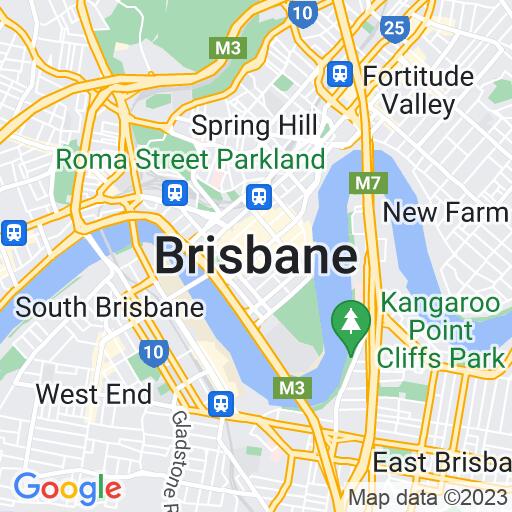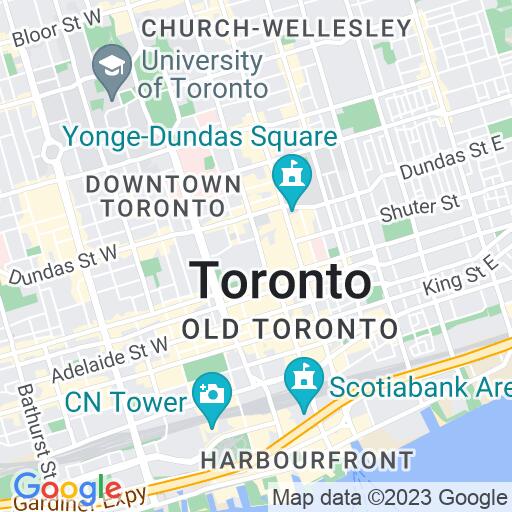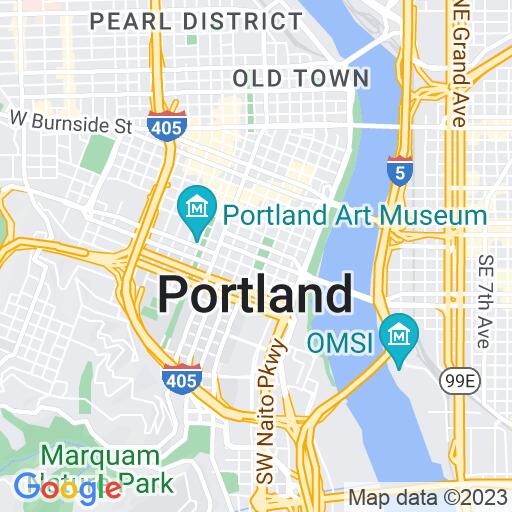Hey there, shoulder pain and tension are something that almost everyone has experienced at some point in their lives. Whether you're an athlete, a couch potato, or a busy bee typing away at your computer, shoulder pain and tension can strike anytime, anywhere. In this blog, we're going to discuss the common causes of shoulder pain and tension and how to deal with them.
1: Poor Posture
One of the most common causes of shoulder pain and tension is poor posture. Many of us spend a significant amount of time sitting in front of a computer, which can lead to slouching and hunching. This puts a lot of strain on the shoulders and neck, causing pain and tension. To prevent this, try to sit up straight with your shoulders relaxed and your head upright. You can also invest in an ergonomic chair or a standing desk to help improve your posture.
2: Rotator Cuff Injuries
Another common cause of shoulder pain and tension is rotator cuff injuries. The rotator cuff is a group of muscles and tendons that surround the shoulder joint, and it can be easily injured due to overuse or trauma. This can cause pain, weakness, and limited range of motion in the shoulder. If you suspect you have a rotator cuff injury, it's important to see a doctor as soon as possible to prevent further damage.
3: Frozen Shoulder
Frozen shoulder, also known as adhesive capsulitis, is a condition that causes pain and stiffness in the shoulder joint. It's often caused by injury, surgery, or a medical condition such as diabetes. Frozen shoulder can be quite painful, and it can take a long time to recover. Physical therapy and pain management techniques can help relieve symptoms and speed up the recovery process.
4: Bursitis
Bursitis is a condition that occurs when the bursa, a fluid-filled sac that cushions the joint, becomes inflamed. This can cause pain, stiffness, and swelling in the shoulder. Bursitis is often caused by overuse or trauma, and it's common among athletes who engage in repetitive overhead activities such as throwing or serving in tennis. Rest, ice, and anti-inflammatory medication can help relieve symptoms, but if the pain persists, it's important to see a doctor.
5: Tendinitis
Tendinitis is a condition that occurs when the tendons that attach the muscles to the bone become inflamed. This can cause pain, stiffness, and weakness in the shoulder. Tendinitis is often caused by overuse or trauma, and it's common among athletes and people who engage in repetitive overhead activities. Rest, ice, and anti-inflammatory medication can help relieve symptoms, but if the pain persists, it's important to see a doctor.
6: Arthritis
Arthritis is a condition that causes inflammation in the joints, including the shoulder joint. Arthritis can cause pain, stiffness, and limited range of motion in the shoulder. It's often caused by wear and tear over time, and it's more common in older adults. Treatment for arthritis may include pain management techniques, physical therapy, and medication.
7: Dislocated Shoulder
A dislocated shoulder occurs when the upper arm bone comes out of the shoulder blade. This can cause severe pain, swelling, and limited range of motion in the shoulder. A dislocated shoulder is often caused by trauma, such as a fall or a sports injury. If you suspect you have a dislocated shoulder, it's important to seek medical attention immediately to prevent further damage.
Now that we've gone over some of the common causes of shoulder pain and tension, let's talk about some ways to deal with them.
1: Rest
If you're experiencing shoulder pain and tension, the first thing you should do is rest. Avoid activities that put too much strain on your shoulders, such as lifting heavy objects or engaging in repetitive overhead activities. Resting your shoulders will help reduce inflammation and give your muscles and tendons time to heal.
2: Ice and Heat Therapy
Applying ice or heat to the affected area can help reduce pain and inflammation. You can use an ice pack for 15-20 minutes several times a day to help reduce swelling and numb the area. Heat therapy can also help relieve pain and stiffness, and you can use a heating pad or take a warm shower to help relax your muscles.
3: Physical Therapy
Physical therapy can help strengthen your shoulder muscles and improve your range of motion. Your physical therapist can develop a customized treatment plan to help you recover from your injury or condition. They may also recommend specific exercises and stretches to help reduce pain and tension in your shoulders.
4: Medication
Over-the-counter pain medication such as ibuprofen or acetaminophen can help relieve pain and inflammation in the shoulder. Your doctor may also prescribe stronger medication if your pain is severe.
5: Surgery
In some cases, surgery may be necessary to repair a rotator cuff tear or dislocated shoulder. If other treatment methods have failed to improve your symptoms, your doctor may recommend surgery to help restore your shoulder's function.
In conclusion, shoulder pain and tension are a common issue that can affect anyone. The causes can range from poor posture to more serious conditions such as arthritis or rotator cuff injuries. If you're experiencing shoulder pain or tension, it's important to rest and seek medical attention if your symptoms persist. Remember, prevention is key - take care of your shoulders by practicing good posture, stretching, and avoiding activities that put too much strain on your shoulders. With the right treatment and care, you can relieve your shoulder pain and tension and get back to doing the things you love. Check out our store here.






















